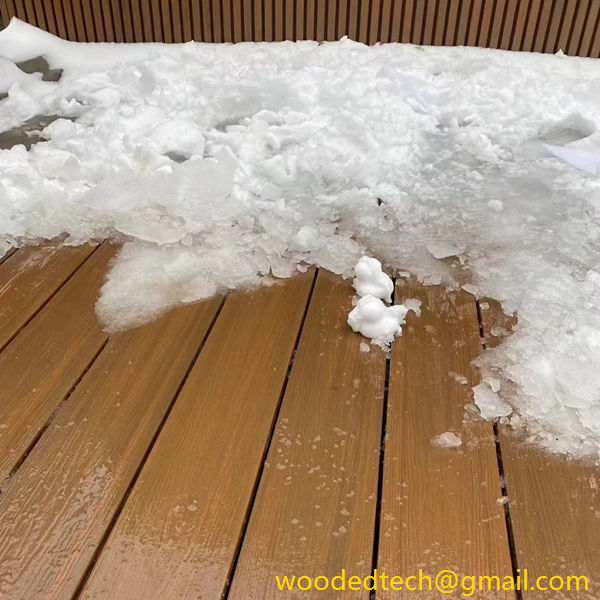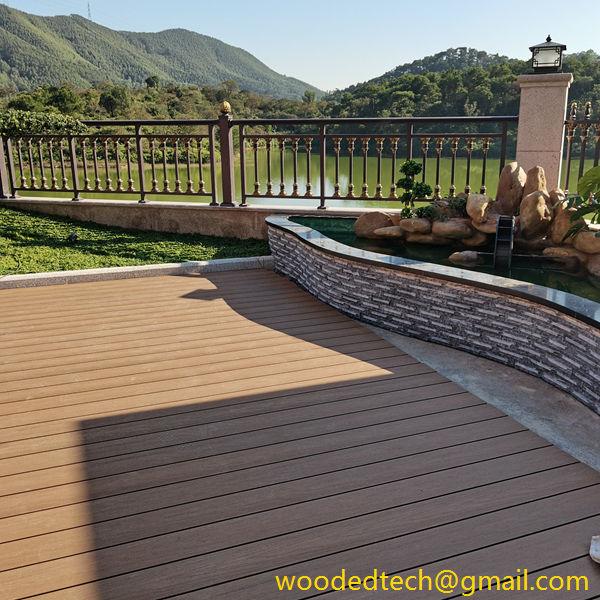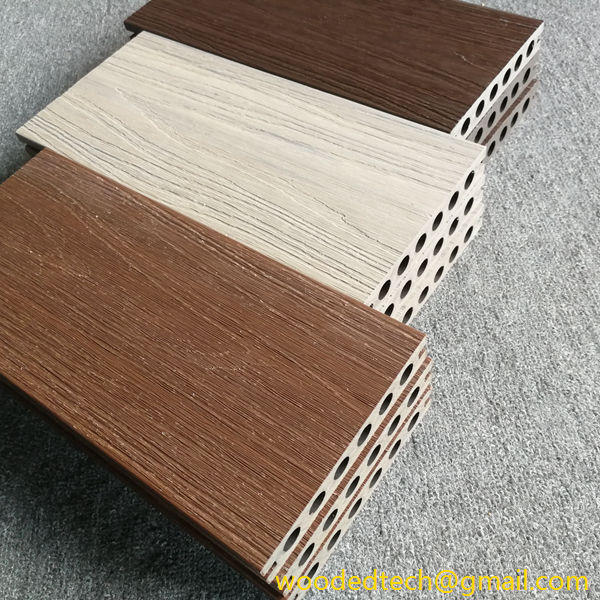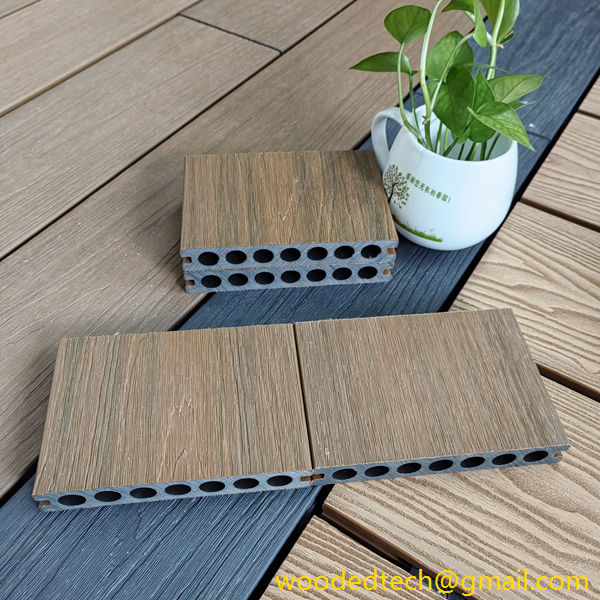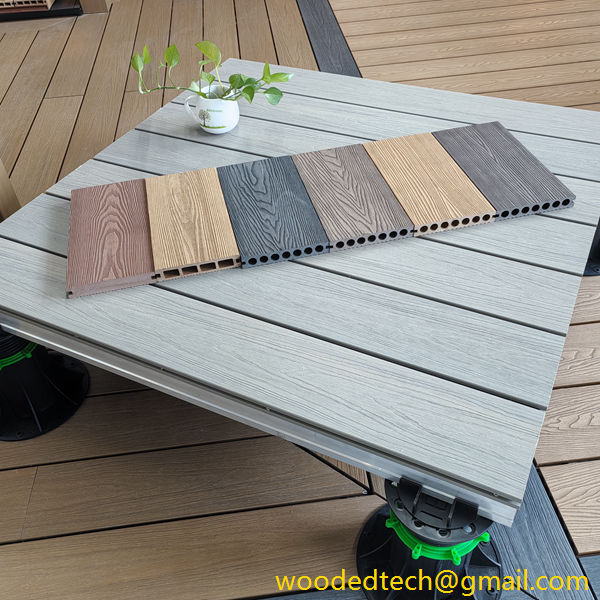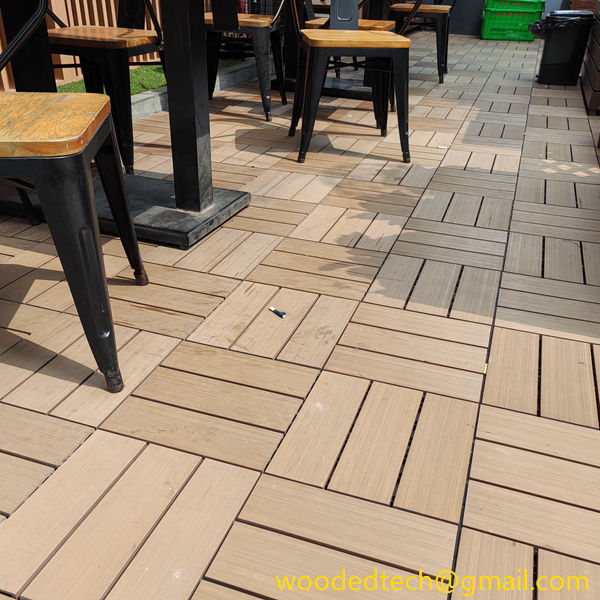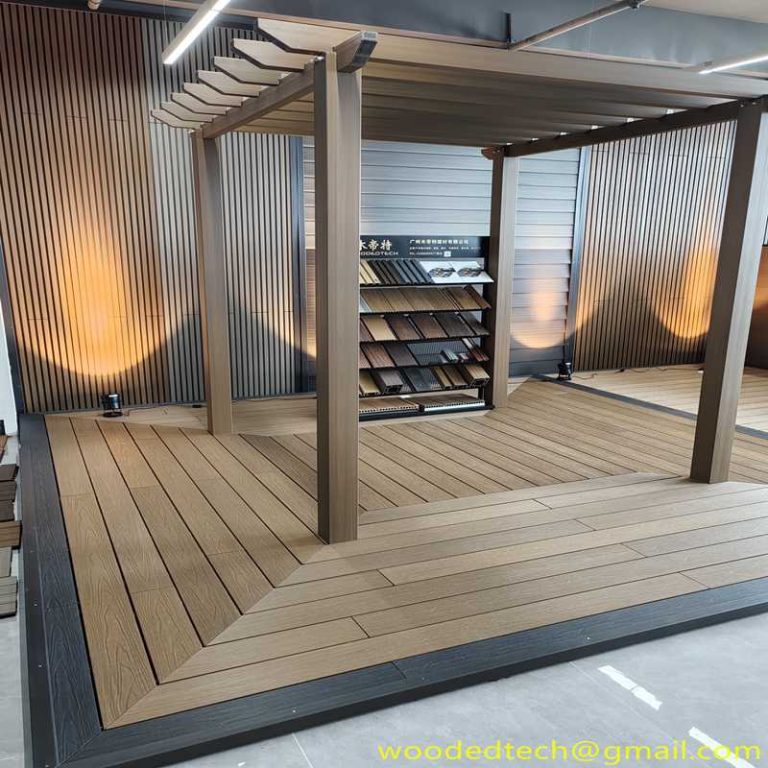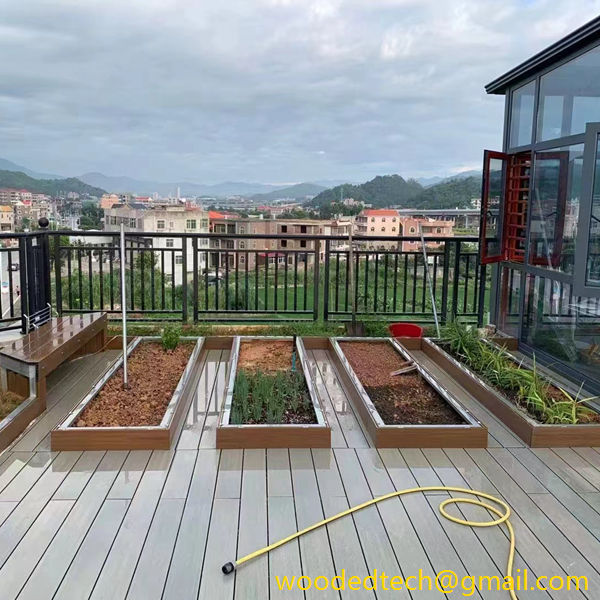Garden Decking Composite: Create a Stunning Outdoor Area with Garden Decking Composite
Garden Decking Composite: Create a Stunning Outdoor Area with Garden Decking Composite Garden decking composite has emerged as a popular choice for homeowners seeking to enhance their outdoor spaces. This innovative material combines the aesthetics of traditional wood with the durability and low maintenance of synthetic materials, making it an attractive option for creating stunning…
Garden Decking Composite: Create a Stunning Outdoor Area with Garden Decking Composite
Garden decking composite has emerged as a popular choice for homeowners seeking to enhance their outdoor spaces. This innovative material combines the aesthetics of traditional wood with the durability and low maintenance of synthetic materials, making it an attractive option for creating stunning outdoor areas. In this article, we will explore the technology behind garden decking composites, their benefits, and how they can elevate your outdoor living experience.
Composite decking is primarily made from a blend of wood fibers and plastic, which creates a product that mimics the appearance of natural wood while providing superior performance characteristics. The production technology of composite decking has evolved significantly over the years, driven by advancements in material science and manufacturing processes. The typical composition includes recycled wood products, such as sawdust, and high-density polyethylene or polypropylene plastics, both of which contribute to the material’s strength and resilience.
One of the key benefits of garden decking composite is its resistance to environmental factors. Unlike traditional wood decking, which can warp, splinter, and rot over time, composite decking is engineered to withstand the elements. This durability is achieved through a combination of moisture resistance and UV protection. The composite material does not absorb water, reducing the risk of mold and mildew growth, while the UV inhibitors prevent fading and discoloration from sun exposure. As a result, homeowners can enjoy their outdoor spaces without the constant worry of maintenance and repair.
In terms of aesthetics, garden decking composites offer a wide range of design options. Manufacturers produce composite decking in various colors, textures, and finishes, allowing homeowners to choose the perfect look to complement their outdoor environment. Some composite decking even features realistic wood grain patterns, making it difficult to distinguish from natural wood at first glance. This versatility in design enables homeowners to create unique outdoor spaces that reflect their personal style.
Another significant advantage of composite decking is its low maintenance requirements. Traditional wood decking demands regular upkeep, including sanding, staining, and sealing, to maintain its appearance and structural integrity. In contrast, composite decking requires minimal maintenance. A simple wash with soap and water is usually sufficient to keep it looking fresh and clean. This ease of maintenance not only saves time and effort but also reduces long-term costs associated with repairs and replacements.
The production process of composite decking also aligns with sustainable practices. The use of recycled materials, such as reclaimed wood and plastics, not only minimizes waste but also contributes to the conservation of natural resources. Additionally, many manufacturers adhere to environmentally friendly production methods, ensuring that their products are made with minimal environmental impact. For environmentally conscious homeowners, choosing composite decking is a responsible choice that supports sustainability while enhancing outdoor living areas.
Safety is another critical consideration when it comes to garden decking. Composite decking is often designed with slip-resistant surfaces, making it a safer choice for families with children and pets. This feature is particularly important in wet conditions, where traditional wood can become slippery and hazardous. Furthermore, composite decking is typically free from harmful chemicals found in some treated woods, making it a safer option for outdoor environments.
When planning an outdoor area with garden decking composite, homeowners must consider several factors to ensure a successful installation. The choice of color and texture should complement the overall design of the home and garden. Additionally, proper planning for the layout and structure of the decking is essential to maximize the space and create functional areas for relaxation and entertainment.
It is also important to select high-quality composite decking products. Not all composite materials are created equal, and investing in reputable brands can significantly impact the longevity and performance of the decking. Homeowners should look for products that come with warranties, as this is often an indicator of the manufacturer’s confidence in their product’s durability.
Once the decking is installed, it can serve as the foundation for various outdoor features, such as seating areas, planters, or even outdoor kitchens. The versatility of composite decking allows for creative landscaping opportunities, enabling homeowners to design outdoor spaces that are not only beautiful but also functional.
In conclusion, garden decking composite represents a significant advancement in material production technology, providing a practical and aesthetically pleasing solution for outdoor living spaces. Its combination of durability, low maintenance, and sustainable production makes it an appealing choice for homeowners looking to create stunning outdoor areas. With various design options available, composite decking can seamlessly blend with any landscape, enhancing the overall beauty and functionality of outdoor spaces. By choosing garden decking composite, homeowners are investing in a long-lasting solution that will provide enjoyment for years to come while minimizing their environmental impact.

